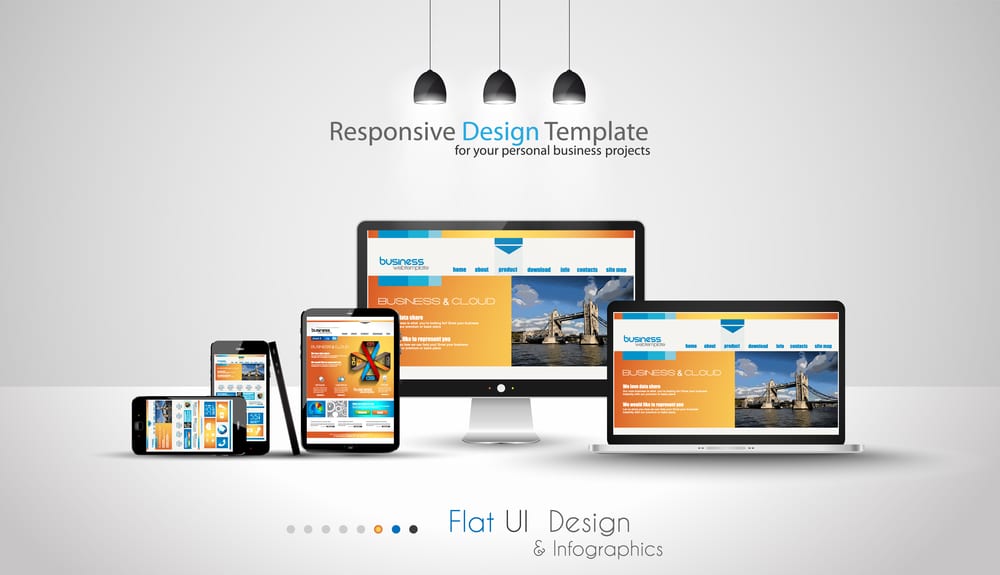Buzz Haven: Your Daily Dose of News
Stay informed and entertained with the latest buzz in news, trends, and insights.
Responsive Design: Ditching the Desktop Drama
Transform your website with responsive design! Say goodbye to desktop drama and hello to seamless user experiences on any device.
The Essentials of Responsive Design: Creating User-Friendly Experiences
In today's digital landscape, responsive design is not just a trend; it is a necessity. As users access content through various devices, from desktops to smartphones, ensuring a seamless experience is crucial. Responsive design adapts to different screen sizes and orientations, providing an optimized viewing experience. It involves flexible grids, layouts, and images that adjust according to the device's capabilities. By embracing these principles, web designers can create interfaces that are not only visually appealing but also user-friendly, reducing bounce rates and enhancing user engagement.
Implementing responsive design requires a thoughtful approach. Here are some essential elements to consider:
- Fluid Grids: Design your layout using relative units like percentages rather than fixed units such as pixels.
- Media Queries: Utilize CSS media queries to apply different styles based on device characteristics.
- Flexible Images: Ensure images adjust within their containing elements to prevent overflow.

Common Misconceptions About Responsive Design Debunked
Responsive design is often misunderstood, leading to several common misconceptions. One prevalent belief is that responsive design only refers to fluid grids and flexible images. In reality, it encompasses a broader range of techniques including media queries, which allow the website layout to adapt to various screen sizes and orientations. Additionally, some assume that responsive design eliminates the need for separate mobile websites, but this isn't entirely true. While it can provide a better user experience across devices, there may still be instances where a dedicated mobile site is beneficial for specific content or features.
Another misconception is that responsive design is too costly or complex to implement. However, with the proliferation of modern frameworks and tools, creating a responsive website has become more accessible than ever. Many developers now use CSS frameworks that streamline the process, allowing for faster and more efficient design. Furthermore, some believe that responsive design negatively affects SEO performance. In contrast, search engines like Google actually favor responsive designs because they provide a unified URL structure and improve site load times, thereby enhancing the overall user experience.
How Does Responsive Design Impact SEO and User Engagement?
Responsive design plays a crucial role in enhancing SEO because search engines prioritize websites that provide a seamless user experience across various devices. Google, for instance, employs mobile-first indexing, meaning it predominantly uses the mobile version of a website for ranking and indexing. Therefore, having a responsive design ensures that your website not only looks good but also functions effectively on smartphones, tablets, and desktops. This adaptability can lead to lower bounce rates and increased time on site, both of which are essential factors for improving your search engine visibility.
Moreover, user engagement significantly increases when websites utilize responsive design. When users access a site that is easy to navigate and visually appealing on their device, they are more likely to stay longer and interact with the content. As a result, you can expect higher interaction rates, which can boost your site's credibility and authority in the eyes of search engines. In turn, factors like social shares and return visits can positively influence your overall SEO strategy, making responsive design a fundamental element for both search rankings and fostering a loyal audience.